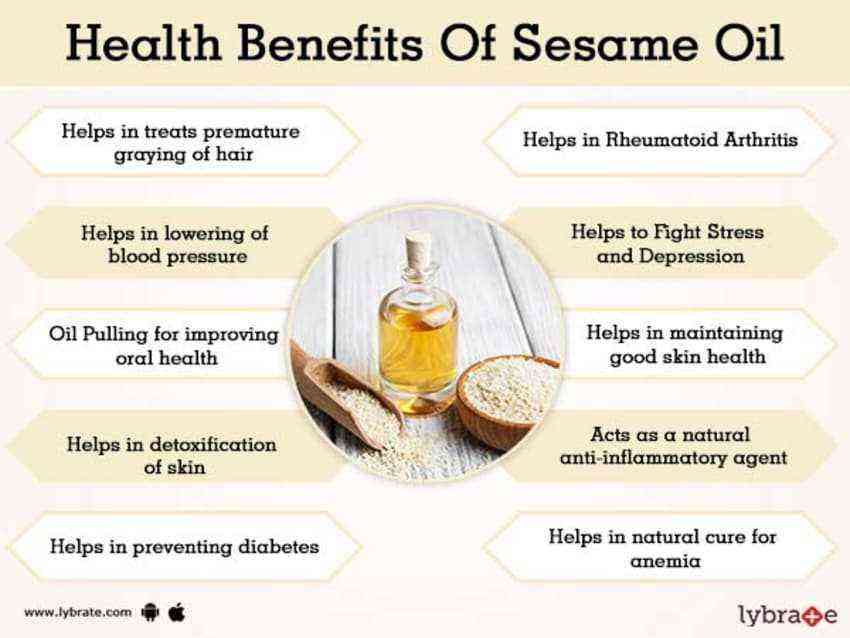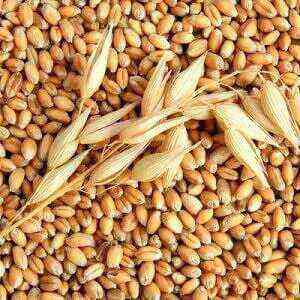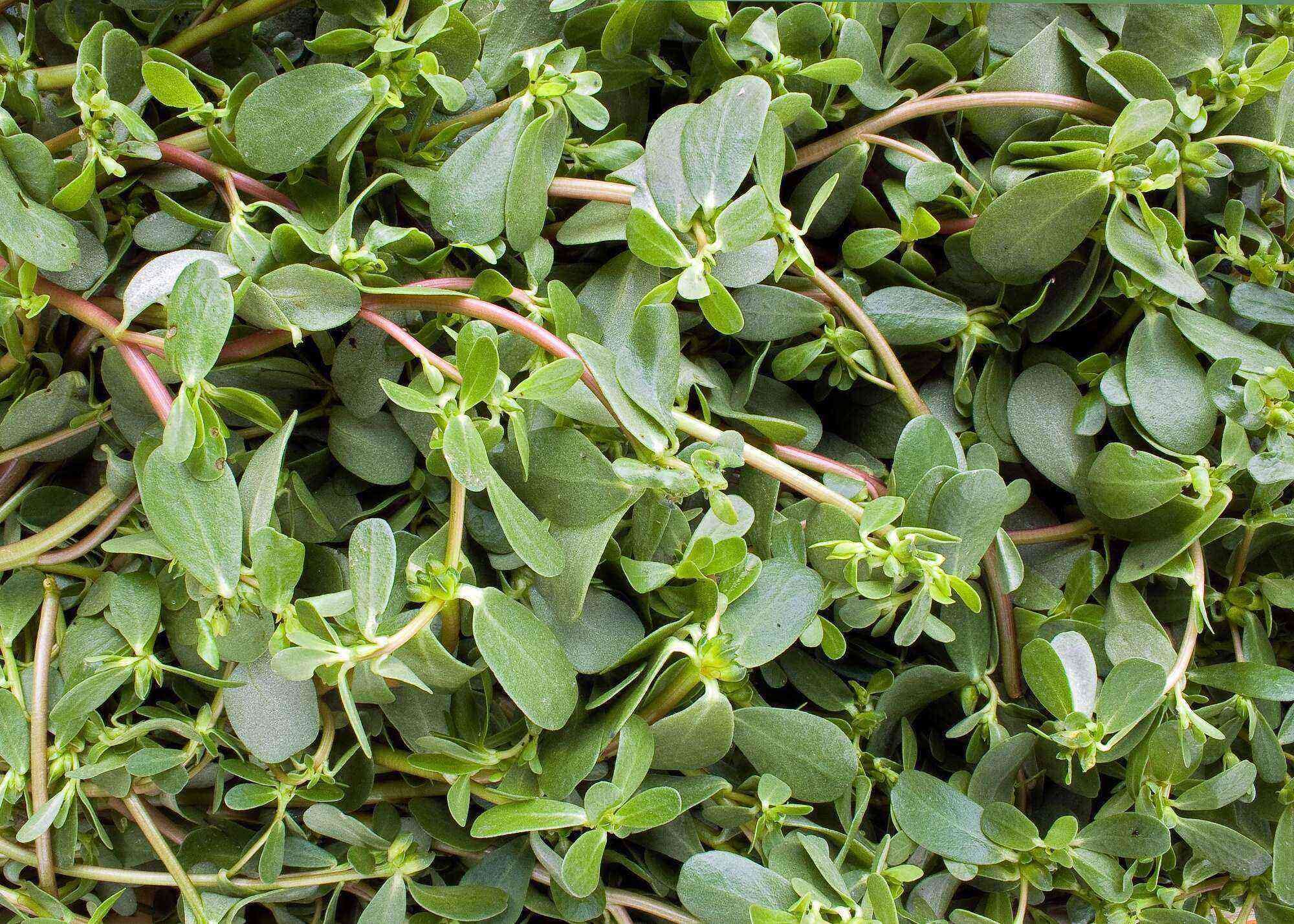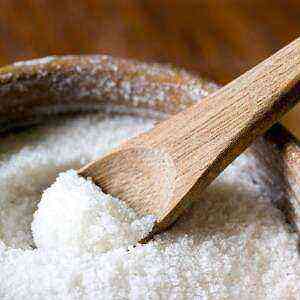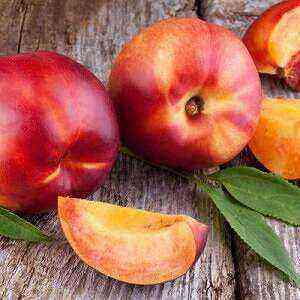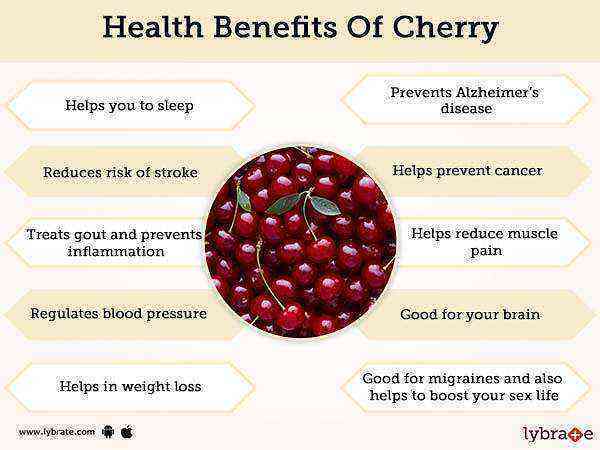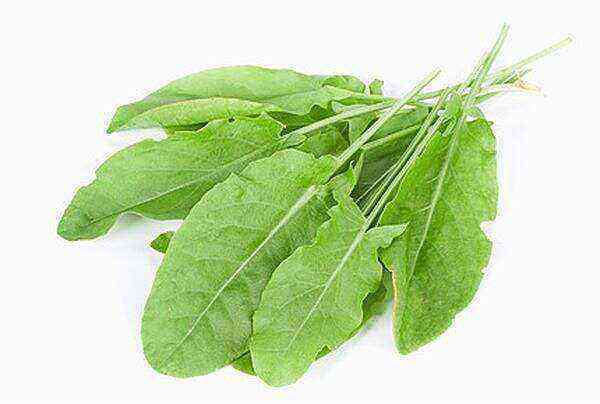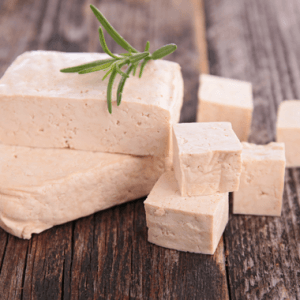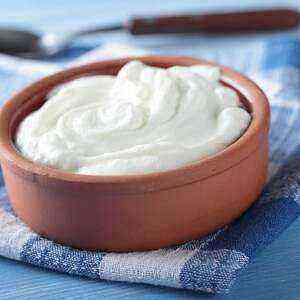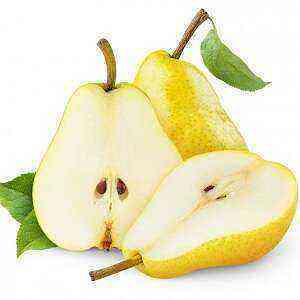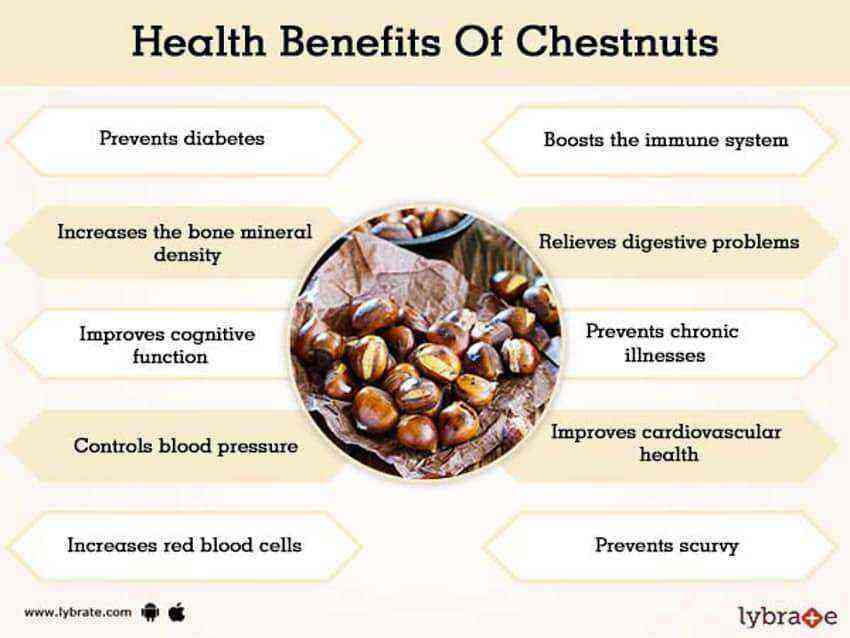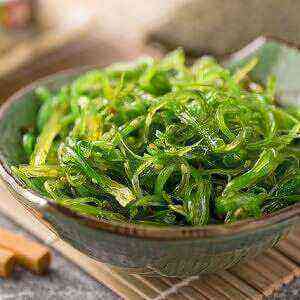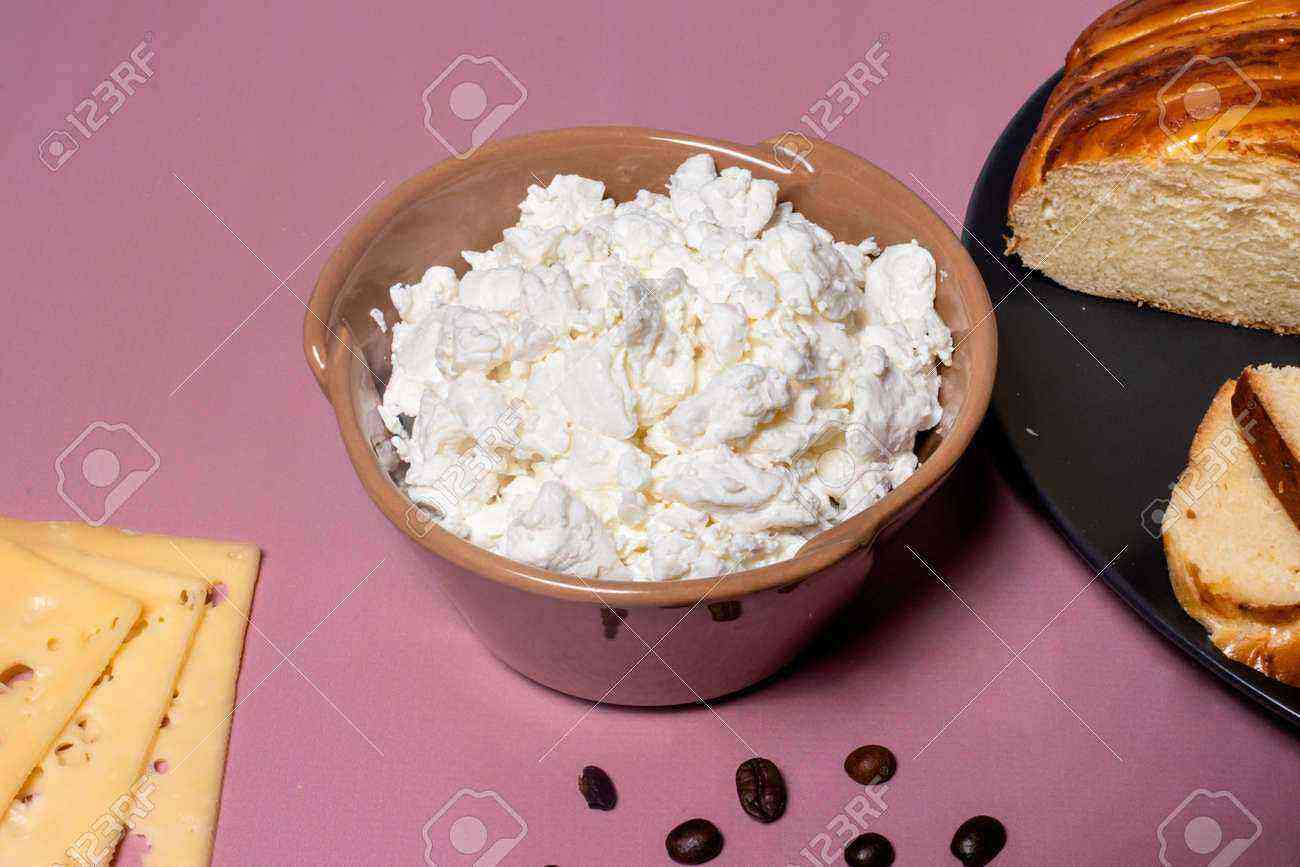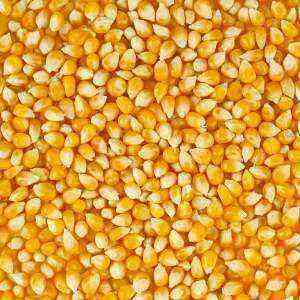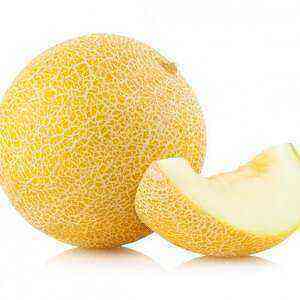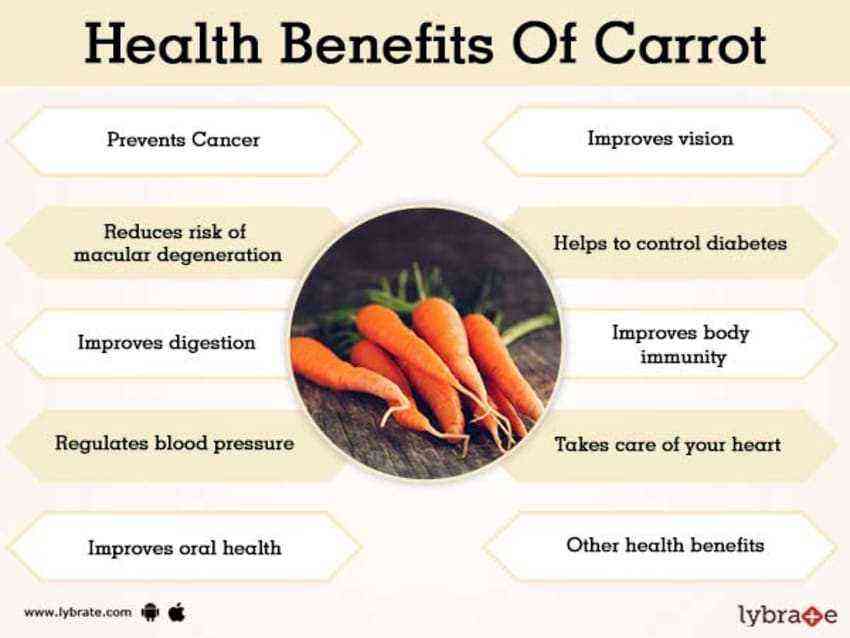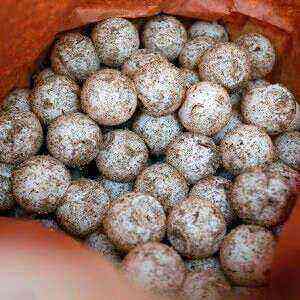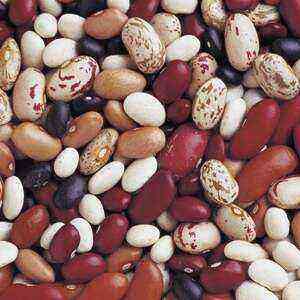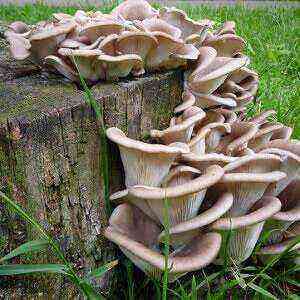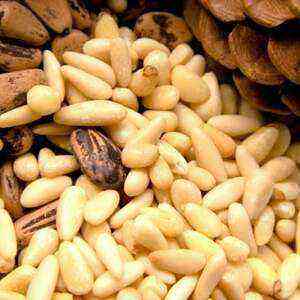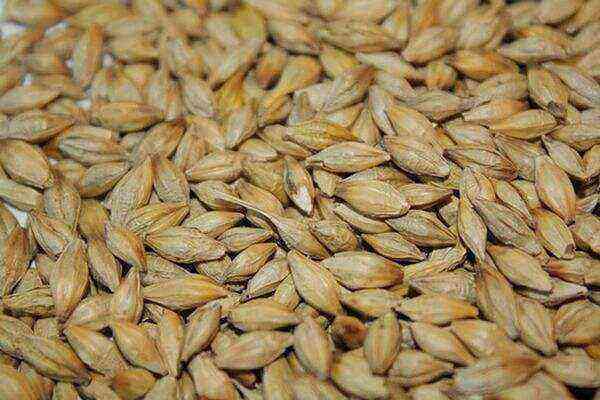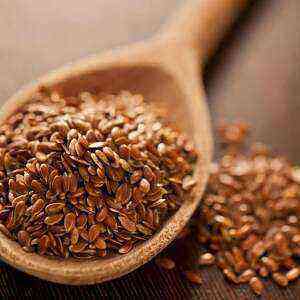
Seeds can be used not only as an additional ingredient to a dish. Flax can be ground into flour and used for making pasta, smoothies, and healthy desserts. The practice of grinding any healthy food into flour is gaining momentum. Keep up with the trends in the world of healthy eating and get your blender off the shelf just once again.
The addition of flax (in any form) significantly increases the nutritional value of the entire dish. It is recommended to inject flax before 16:00 pm to maximize the benefits of the product and keep your waistline as slim.
General characteristics
Flax is an annual herb from the flax family. It reaches an average size of 30-60 centimeters. During the flowering period, it forms several inflorescences of sky-blue flowers with a barely noticeable gray undertone. The inflorescence resembles the shape of an umbrella and eventually gives fruit – seeds of white or dark brown color. Seeds are oblong, flattened, 6 millimeters long and 3 millimeters wide. Each seed looks like the creation of a skilled carpenter: it gives off a beautiful glossy shine that resembles a polished wood surface.
Flax seeds and products based on it have become an integral part of a healthy diet. The seeds are added to salads, ground into butter and flour. Its oil is used for dressings and sauces. This product gives a pleasant salty nutty aroma and flavor that goes well with both meat and vegetables. The shade of the oil can range from a noble golden hue to a deep brown. The color depends on the method of pressing, which determines the taste of the product. Cold pressed oil is suitable for food use. It retains the maximum benefit and nutrient richness. Flaxseed flour is substituted for traditional wheat flour to increase the nutritional value of the finished meal and get the most out of the meal.
Territorial features of the growth of culture

Useful Properties
The main benefits of flax are in 2 components: omega-3 fatty acids and fiber.
Fibre
This is a specific rough part of the plant that the human body is unable to digest and assimilate. It is simply not absorbed like the usual proteins, fats and carbohydrates, but cleanses the gastrointestinal tract and is naturally excreted from the body.
Fiber, in fact, facilitates the work of the digestive tract and takes some of its functions for itself. It stimulates digestion and increases the digestibility of foods. What does a person feel at the same time? Stool normalization, a feeling of unprecedented lightness, a surge of energy and strength. People who add a spoonful of flax to unseasoned fresh vegetables will forever forget about the heaviness in the stomach, nausea / vomiting and reduced functionality after eating. The person should be motivated to be productive and not lie on the couch for an extra hour after a hearty meal. Such habits kill the body, reduce performance and provoke health problems.
There is information that our ancestors consumed about 5 kilograms of food daily. At the same time, mankind did not suffer from chronic obesity or from pathologies provoked by overeating. Scientists attribute this fact to the effect of fiber. Primitive man ate mostly plant foods, which contain the maximum amount of fiber. Today it is not customary to seize a burger with a salad so as not to “kill the taste”, and it is difficult for the body to cope with a huge amount of food waste on its own. The result of such torture of the human body is visible to the naked eye and is expressed in excess weight, skin irregularities, loss of its tone and elasticity.
Omega-3
It is the most important structural element of the cell membrane. .… The degree of transmission of nerve impulses, the level of brain functionality and the functioning of the circulatory system depends on the membrane. farmer-online.com… Maintaining normal omega-3 levels throughout life reduces the risk of developing Alzheimer’s disease.

Other benefits of flaxseeds farmer-online.com:
- lowering blood pressure;
- strengthening immunity due to lignans (phenolic compounds of plant origin) ..;
Lignans are especially useful and necessary for the body in the autumn-winter period, when it is weakened under the influence of external factors.
- regulation of hormonal levels due to phytoestrogens ..;
- reducing the risk of development of pathologies of the reproductive system.
Chemical composition of untreated flax seeds
Nutritional value (based on 100 grams of raw seeds) .
Caloric content 534 kCal Proteins 18,3 g Fats 42,2 g Carbohydrates 28,9 g Dietary fiber 27,3 g Water 6,96 g
Vitamin content (in milligrams based on 100 grams of untreated seeds)
Thiamine (B1) 1,644 Riboflavin (B2) 0,161 Choline (B4) 78,7 Pantothenic acid (B5) 0,985 Pyridoxine (B6) 0,473 Folic acid (B9) 87 Ascorbic acid (C) 0,6 Tocopherol (E) 0,31 Phylloquinone (K) 0,0043 Nicotinic acid (PP) 3,08
Nutrient balance (in milligrams per 100 gram of raw seed)
Macronutrients
Potassium (K) 813 Calcium (Ca) 255 Magnesium (Mg) 392 Sodium (Na) 30 Phosphorus (P) 642
Trace Elements
Iron (Fe) 5730 Manganese (Mn) 2482 Copper (Cu) 1220 Selenium (Se) 25,4 Zinc (Zn) 4340
Cooking application
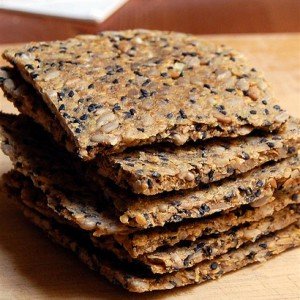
Flaxseed oil
This product is enriched with unsaturated acids, the concentration of which is twice that of fish oil. 1… Nutritionists recommend filling salads with this oil or drinking it in the morning on an empty stomach (only if the body needs it directly). Culinary experts love linseed oil for its delicate aroma, which combines subtle nutty notes, mixed with natural plant scents. Unfortunately, you cannot fry in linseed oil, because unsaturated fatty acids form carcinogenic compounds during decomposition. It also begins to smoke, burn and make the dish unusable.
Flaxseed flour
Flax is a virtually waste-free product. The flour is obtained from the seeds immediately after the oil is pressed. The taste of flour is practically no different from traditional wheat or oatmeal, but the functional range is radically different. Flaxseed flour is capable of absorbing large amounts of moisture. If you are used to adding 1-2 tablespoons of water and oil to wheat flour, then for flaxseed this amount will have to be doubled. Experienced cooks are guided by the consistency of the dough and vary the ingredients “by feeling”. If you are not sure of your own sense of proportion, then clearly follow the stated recipe.
Another important property of flour is its long shelf life. Flaxseed flour extends the shelf life of baked goods, so manufacturers often include it in the composition so that the product can stay at the point of sale longer without sacrificing taste, quality and appearance.
Used in cosmetics
For facial skin

- Prepare a homemade mask. Decide on your skin type and basic needs (moisturize, nourish, tone, remove wrinkles, minimize oily shine) and select additional components for the mask that will cope with your individual problem. Prepare, grind and stir all products, apply to skin for 15-20 minutes and then rinse with warm water.
- Enrich your basic care with linseed oil. Add a few drops of oil to each jar of serum, day / night cream. After a few days, the result will be visible to the naked eye: the skin will glow and look healthy.
- Take flaxseeds internally to cleanse the inside. It is known that facial skin is an indicator of our internal health. Cleansing the body will certainly affect your face, your activity and well-being.
Before enriching cosmetics or making linen masks, take an allergic reaction test.
Apply a small amount of oil to a point behind the ear or neck and monitor the reaction for 24 hours. If your skin is red, itchy or irritated, stop using homemade cosmetics and pay attention to professional treatment lines. If your skin reacts normally to the product, do a series of home spa treatments without worrying about your health.
For hair and nails
Linseed oil perfectly moisturizes hair and nail cuticles. Apply it to the ends of your hair without touching the root zone to saturate curls, get rid of split ends and give your hair a healthy shine. Why can’t you apply oil to the roots? The scalp is very sensitive. Under the influence of oil, the pores can simply clog and disrupt the development of the hair follicle. As a result, we will get a violation of hair growth, a sharp loss and deterioration of the condition of the curls. Limit yourself to the tips, and for the scalp (if necessary) choose specialized moisturizing masks.
Use the oil as a cuticle care product. Lubricate the entire nail periodically and trace carefully around the cuticle area. It will become thinner, less visible and dense. Why use cuticle oil? To increase the “wearability” time of manicure, to thin the cuticle, make it more delicate and give the nail plate a well-groomed look.
Contraindications and side effects
It is necessary to exclude flax from the diet for diseases of the gastrointestinal tract during an exacerbation (ulcer, colitis, gastritis, pancreatitis) ..… If the patient is prescribed a special therapeutic diet that does not include flaxseeds, there is no need to experiment and once again endanger the body. .. ..… Follow the doctor’s recommendations, and after a complete recovery, you can afford the supplement you love.
Seeds should be treated with caution in patients with gall / bladder stones. The strong choleretic effect of the product can exacerbate the disease and cause a deterioration in overall health.
In other cases, flaxseeds can be consumed without fear. The main thing is to get into the daily rate of BZHU and rationally treat the supplement. There is no need to sprinkle seeds on all food, from salads to Greek yogurt, in the hope of getting the coveted long hair and the 40 kilogram mark on the scales. A small handful in the morning is enough. Flax has a cumulative effect, not a momentary reaction.
Excessive consumption of any product is harmful to the body. If an imbalance occurs (albeit nutrients), the system will start working exactly the opposite, so there is no need to randomly eat seeds, convulsively drinking water to make it easier to swallow the mass. Competently introduce up to 10 grams of flax into your daily diet and monitor your own health.
Sources of



